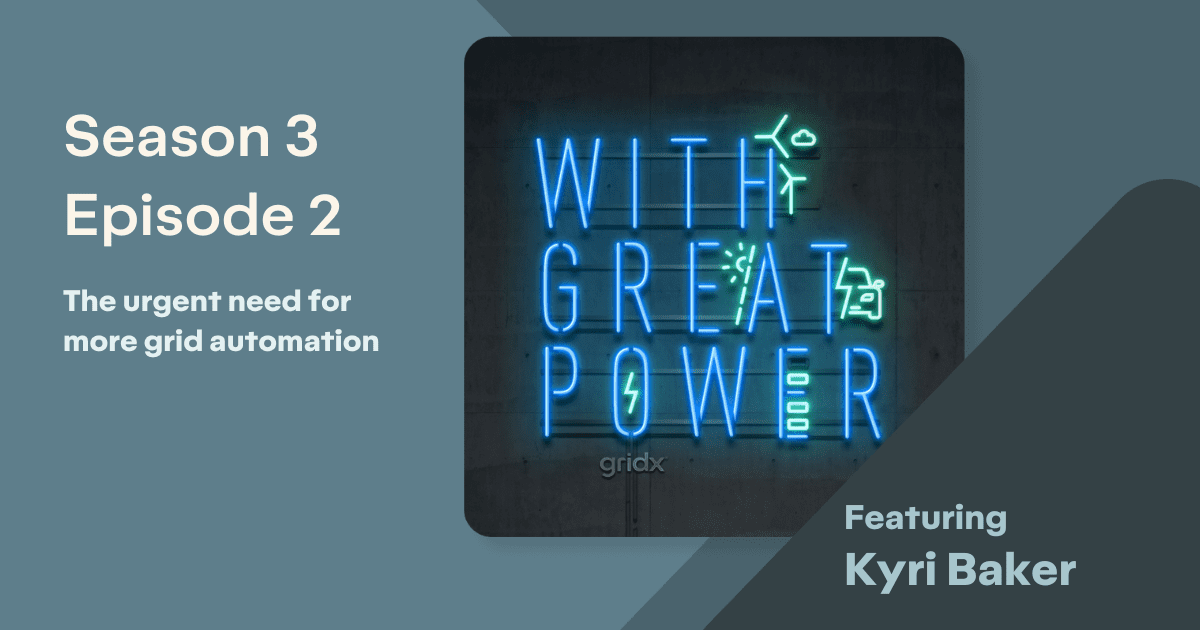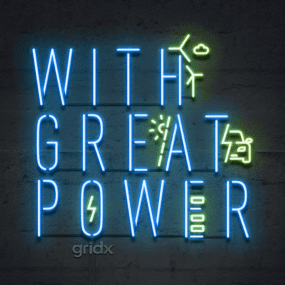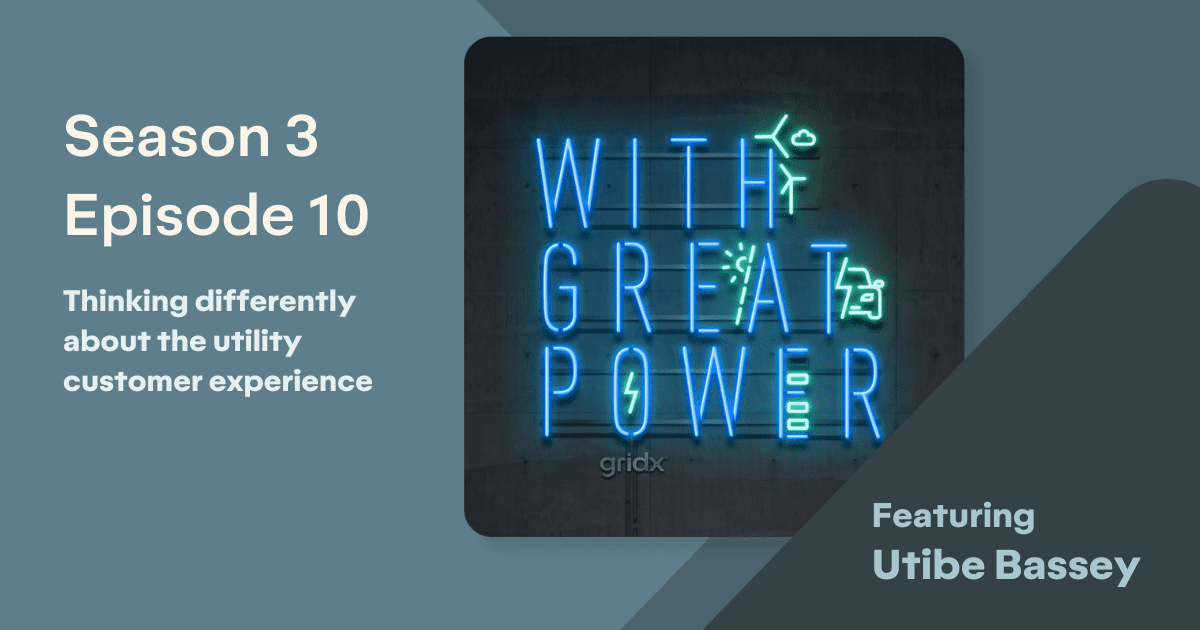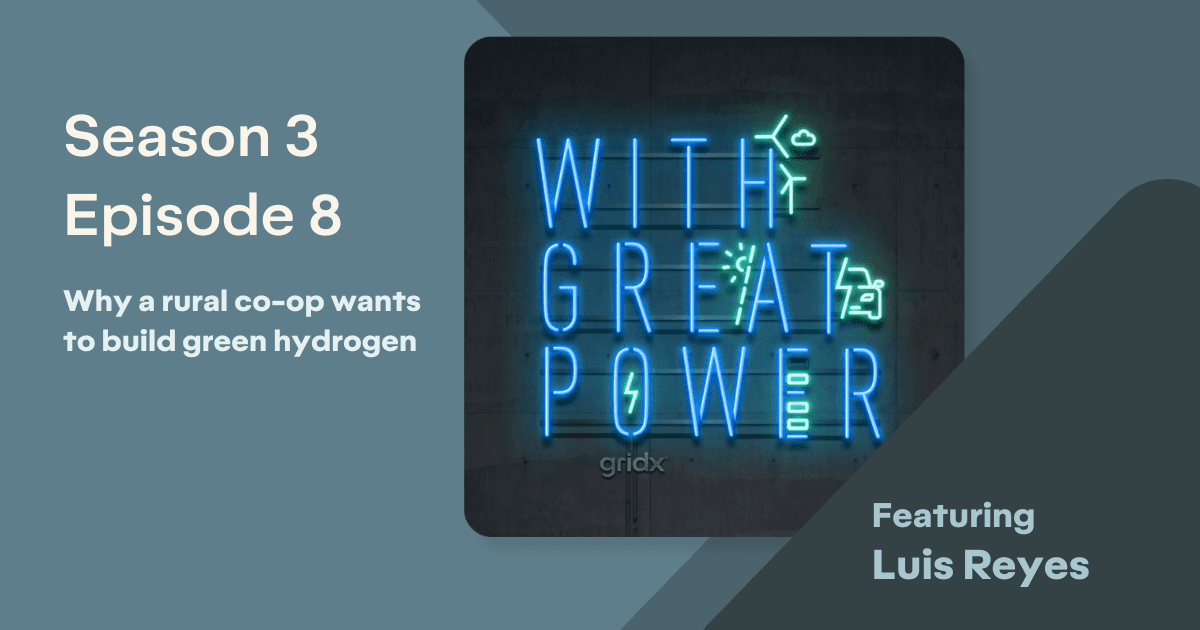The urgent need for more grid automation
Grid optimization expert Kyri Baker explains how utilities can expand artificial intelligence projects today, and what’s next for the technology.

When the Marshall fire ripped through the front range of Colorado in late 2021, many Boulder County residents were left without power for more than a day. The governor declared a state of emergency as the wildfire wreaked havoc on the power grid.
Kyri Baker, a professor and researcher at the University of Colorado Boulder, is an expert in power systems. She researches how to use artificial intelligence to make the grid more resilient and efficient. During the Marshall fire, Baker lost power in her home for thirty six hours, something that could have been shortened, or prevented, with better automation.
“We have a lot of consumers who still, when they have a power outage, have to call the utility to inform them of the power outage,” she said during an interview on the With Great Power podcast. “That shouldn’t be the way things work. It should be automated. It should be as efficient as possible to restore power to customers.”
Baker started researching grid automation at the National Renewable Energy Laboratory almost a decade ago. In 2016, she helped build a home energy management system called Foresee, which used machine learning to track energy usage patterns and grid conditions. Four years later, the software was deployed in a small mountain town just north of Aspen where simulations showed the platform brought energy savings up to 7.6%.
Baker is still surprised by how much of the grid is still manual, given that utilities have been talking about digitization for decades. At the University of Colorado Boulder she researches how machine learning can replace manual operations across the transmission and distribution grids.
In particular, she studies a subset of machine learning called neural networks, which “do really well with extreme amounts of data and uncovering patterns” and can help reduce outage restoration time. Using millions of data points about the grid, these models can predict when outages will occur and the most efficient way to dispatch repair crews.
Baker is also exploring how machine learning models can optimize power flow. “The way that we currently operate transmission grids, one of the most complex human made systems in existence, is via these approximations of power flow physics,” she explained.
With recent advancements in computing power and artificial intelligence, Baker says operators can move away from approximations and use higher fidelity machine learning models to understand how power moves across the grid. “A core part of my work…is training machine learning models to solve extremely complicated grid optimization problems that if we were to use existing techniques would just take too long or be too hard to solve.”
While Baker continues to train power flow models, she hopes to see utilities rely more on neural networks to predict equipment failures and reduce outage times. “A lot of utilities and ISOs are already doing these things,” but she wants them to trust the models more and expand beyond their comfort zones.
She says the next step is for the models to “co-pilot” with humans, not replace them. “AI can help us use data…and make those decisions that are otherwise very complex for a human to make manually,” she added.
As someone who works with this technology every day, she admits that giving machine learning more control over the power system is scary: “At the end of the day, I still believe that the human behind these models needs to fully understand what’s happening…and fully understand how to override anything that doesn’t make sense.”
Listen here or wherever you get your podcasts.
Read the original article from Latitude Media here.





